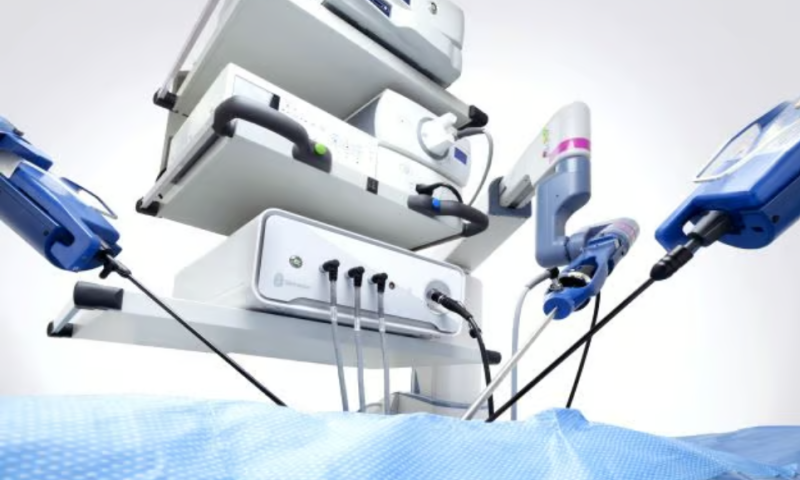Though Asensus Surgical has already gathered approvals for its robotic and artificial intelligence tools, the company isn’t resting. It’s signed up for an AI collaboration with Nvidia to continue developing its real-time vision features.
Asensus’ laparoscopic Senhance system—as well as its Intelligent Surgical Unit, which digitally highlights key features of the patient’s anatomy while automatically controlling the surgeon’s camera—were previously built with Nvidia computing hardware as the company developed machine-vision-powered software.
Now, Asensus said it plans to tap into a broad suite of Nvidia applications to augment the ISU’s abilities—while it also works to expand its robotics portfolio with the upcoming, next-generation platform known as Luna.
At the same time, the two companies said they plan to work together to pursue broader commercial opportunities for AI-powered surgical solutions.
“The healthcare industry, and in particular digital surgery, is becoming one of the largest data generating industries,” David Niewolny, Nvidia’s director of healthcare business development, said in a statement. “Nvidia brings a domain-specific full stack edge AI computing platform, Holoscan, to medtech innovators looking to optimize real-time data and image processing to help solve complex problems and improve surgeon decision-making.”
“As a leading FDA-cleared solution in soft-tissue abdominal surgery, Asensus’s ISU is a perfect platform to leverage Nvidia’s software-defined architecture to accelerate innovation and deliver new products to surgeons faster via software-as-a-medical-device applications,” Niewolny added.
Asensus’ Luna system—which will also be powered by the ISU—aims to build upon the minimally invasive Senhance platform, which has obtained regulatory green lights for general surgery procedures and AI that brings zooming, panning and 3D measurement abilities as well as image enhancements that automatically adjust the brightness and contrast.
“Utilizing Nvidia’s advanced technologies will allow us to further improve the ISU’s augmented intelligence capabilities and the roadmap of our innovative clinical applications,” said Asensus President and CEO Anthony Fernando, who set goals to increase the processing speed and precision of the company’s AI in addition to its image analytics capabilities.
According to Asensus’ most recent earnings report, the Luna system is slated to complete preclinical testing by the fourth quarter of this year. The company aims to lock down the system’s design in early 2024, with 510(k) applications submitted to the FDA by the end of next year and a commercial pilot launch on the calendar for the latter half of 2025.
The company has seen 27% year-over-year growth in Senhance surgical procedures, per the second-quarter earnings report, with more than 1,000 procedures performed internationally during April, May and June.
The company reported $1.1 million in quarterly revenue, with operating expenses totaling $18.9 million, and cash plus cash equivalents on hand adding up to about $40 million. By the end of this year, Asensus said it expects to place 10 to 12 new Senhance systems in operating suites, after placing two in the first half of the year: one in Japan and one in the U.S.

